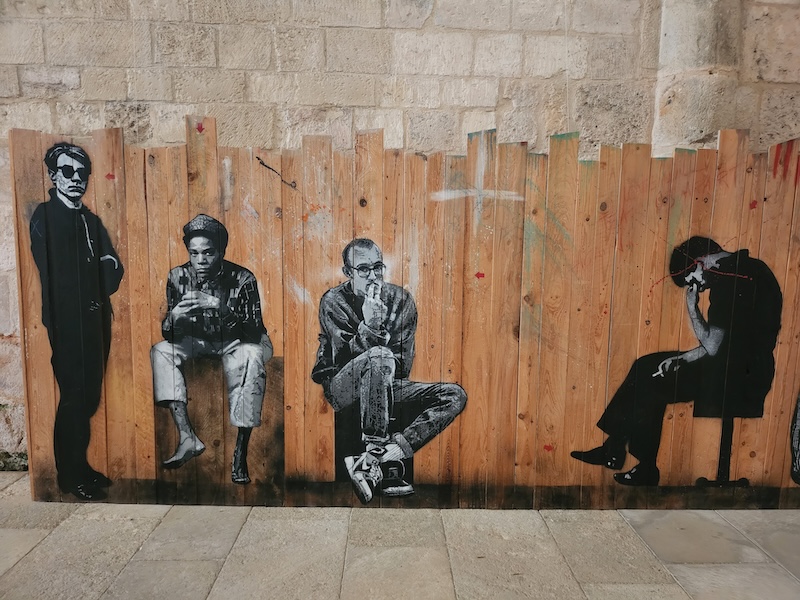
Robert Draws – The art of expression through painting has been one of the most powerful forms of communication throughout history. From the ancient cave paintings of prehistory to the diverse and innovative works of contemporary artists, painting has served as a means for humans to convey emotions, ideas, and experiences. It is a medium rich in depth and meaning, allowing for the exploration of not only the visible world but also the inner workings of the human mind. This article delves into the various purposes behind the act of painting, revealing its capacity to express a wide range of human emotions and ideas.
Before we explore the different goals of expression in painting, it is important to first understand what painting and expression mean in the context of art.
Painting is a branch of visual art that involves creating images or compositions using materials such as paints, brushes, and canvases. It is an artistic medium that allows an artist to communicate ideas, emotions, and experiences through color, form, texture, and composition.
Expression, in the realm of art, refers to the artist’s attempt to communicate their internal experiences, feelings, or thoughts through their work. It is the soul of the artwork, setting it apart from mere representation of reality. The expression can reflect deep emotions, complex ideas, or even abstract concepts that words alone cannot fully convey.
“Read about: The Perfect Blend: When Painting and Sculpture Unite in Art”
One of the earliest and most prominent purposes of painting was religious expression. Throughout history, painting has been used as a tool to explore and communicate spiritual themes, often aiming to depict the divine or sacred experiences. In ancient times, cave paintings often had spiritual or ritualistic purposes, connecting the physical world to the metaphysical.
These religious works serve as a way for artists to express their personal spiritual experiences, while also inviting viewers to engage in contemplation about life’s greater meaning and the divine.
In addition to religious expression, painting has often been used as a platform for social critique. Throughout history, artists have employed their work to address political, social, and humanitarian issues. They use their paintings to challenge the status quo, raise awareness about injustice, and provoke thought about societal problems.
Examples of paintings with a social critique include:
Social critique in painting often uses symbolism, visual metaphors, and dramatic imagery to stir emotions and provoke action. These works aim to awaken the consciousness of the viewer, encouraging them to question societal norms and consider the need for change.
One of the most fundamental purposes of painting is self-expression. For many artists, painting is an intimate act that allows them to convey their innermost feelings, emotions, and personal stories. Through brushstrokes, color choices, and composition, artists express their experiences and inner worlds.
“Read more: Nicole Kidman Redefines Success After 50 with Bold Roles”
Emotional release – using painting as a way to process or release intense feelings.
Exploration of identity – artists may explore and define who they are through their work.
Reflection of life experiences – painting can be a way for an artist to reflect on their personal journey.
Subconscious expression – revealing aspects of the mind that are hidden or unexplored.
Famous examples of self-expression in painting include:
Self-expression through painting offers a powerful way for artists to communicate their emotions and thoughts in a visual format. It allows for introspection, personal growth, and a deeper connection to one’s own inner world, often resonating deeply with viewers who can relate to the artist’s emotional journey.